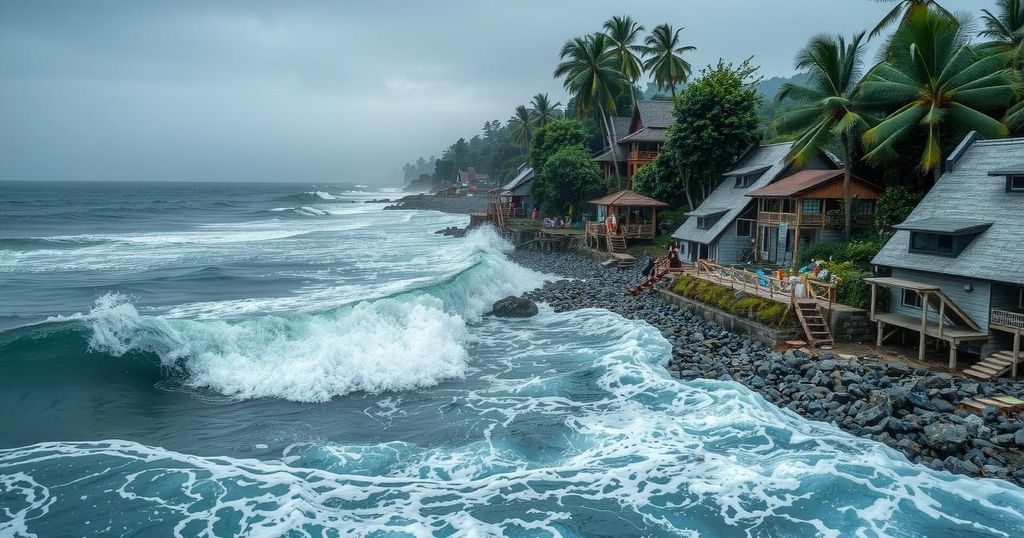The 2004 Sumatra earthquake triggered a massive tsunami, resulting in over 230,000 deaths and displacing millions. Although not the strongest recorded earthquake, its death toll surpassed that of previous major quakes. The event highlights the formidable power of nature and the need for improved preparedness for future seismic events, underscoring ongoing risks associated with earthquakes across the globe.
Christmas 2004 is mostly remembered as a holiday filled with joy for many, but for over 230,000 individuals, it marked a tragic event triggered by a powerful 9.1-magnitude earthquake near Sumatra, Indonesia. The subsequent tsunami devastated multiple countries, including Indonesia, Sri Lanka, India, and Thailand, displacing approximately 1.7 million people and causing irreparable damage to infrastructure and communities across the region. Witnesses recounted fleeing from the immense waves, capturing the horror of a day when more than a quarter million lives were lost, highlighting an unforgettable chapter in natural disaster history.
While the Sumatra earthquake is often noted for its fatal consequences, it was not the strongest earthquake ever recorded. The Great Chilean Earthquake of 1960 remains the most potent, measured at a magnitude of 9.5 and resulting in 1,655 fatalities, primarily due to the resultant tsunamis. The following most powerful earthquake was the 1964 Great Alaska Earthquake at magnitude 9.2, which resulted in 128 deaths. However, the 2004 Sumatra earthquake stands out profoundly for its staggering death toll, surpassing that of both prior earthquakes.
It is important to recognize that the number of earthquakes worldwide exceeds half a million annually, though only a fraction are severe enough to be felt, and an even smaller number induce significant damage. Earthquakes occur due to the sudden release of energy along tectonic plate boundaries, primarily in regions like the Pacific’s “Ring of Fire,” characterized by intense volcanic and seismic activity.
In sum, the tsunami and earthquakes are stark reminders of nature’s formidable power, serving as a call for improved preparedness and awareness of seismic risks. The lessons learned from the tragedies of December 2004 extend beyond a single day, as they shape policies and community responses to natural disasters in the years that followed.
The article offers a reflection on the devastating tsunami triggered by the earthquake off the coast of Sumatra, Indonesia, on December 26, 2004, which significantly impacted several countries and resulted in a catastrophic loss of life. It discusses the magnitude of the earthquake and its place within the context of historical seismic activity, as well as emphasizing the broader implications of natural disasters regarding human safety and structural preparedness.
The aftermath of the December 2004 earthquake serves as a critical lesson in disaster response and preparedness. While the event is a significant part of geological history due to its remarkable death toll, it underscores the need for enhanced awareness and proactive measures in the face of natural disasters. The ongoing occurrence of earthquakes today reinforces the importance of disaster readiness and community resilience in mitigating the effects of such catastrophic events.
Original Source: arkvalleyvoice.com






